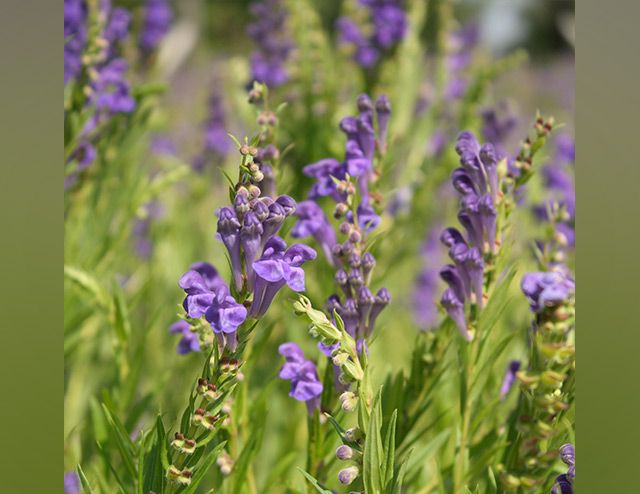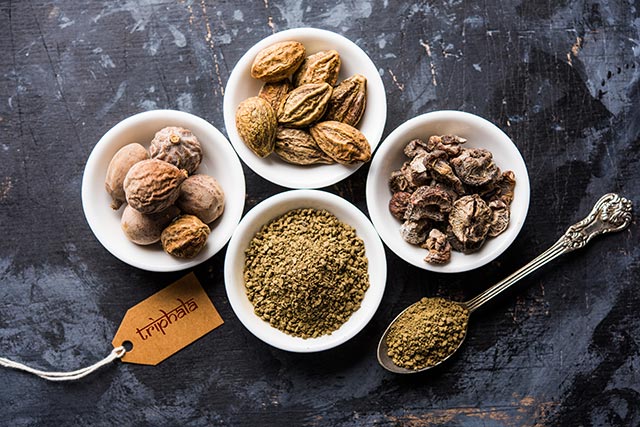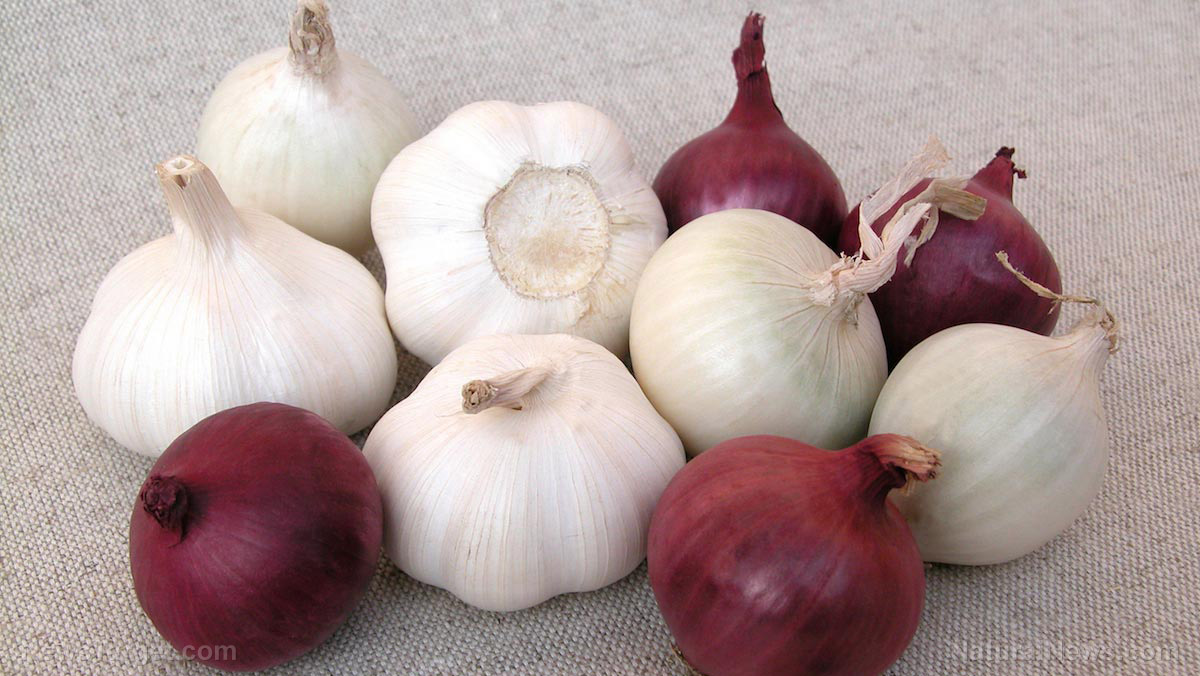Safflower yellow, an herbal medicine used in TCM, found to prevent the spread of breast cancer to the lungs, according to study
10/03/2019 / By Evangelyn Rodriguez

Safflower (Carthamus tinctorius) is a herbaceous flowering plant that is widely used in traditional medicine. It is known to treat conditions like dysmenorrhea, amenorrhea, postpartum abdominal pain and mass, trauma, and joint pains. Aside from its medicinal applications, safflower is also used in the food and textile industry, making it one of the oldest and most useful cultivated crops on the planet. In a recent study published in The American Journal of Chinese Medicine, researchers from Zhejiang Chinese Medical University investigated the effects of safflower yellow (SY), an active component of safflower, on cancer cell metastasis. They found that SY can stop the formation of cell membrane protrusions that support tumor cell invasion. This ability, according to the researchers, makes SY a good candidate compound for the treatment of cancer.
Safflower yellow inhibits invadopodia formation to prevent cancer metastasis
Researchers from China were determined to find out the mechanism of action of SY in relation to its antimetastatic effect. Safflower, from which SY can be extracted, is a well-known traditional medicine used to activate blood circulation and dissipate blood stasis. It has been extensively used as an antitumor treatment in a clinical setting either alone or as part of formulations. Despite this, empirical evidence and a better understanding of the possible mechanisms involved in the biological activities of safflower are lacking. (Related: Reduce the effects of chemotherapy with safflower seeds.)
The researchers used breast cancer cells for their in vitro study and EGF-meditated time- and dose-dependent cell response profiles to screen for the activity of SY. For their in vivo experiments, they established an orthotopic lung metastasis animal model via intravenous injection of breast cancer cells to evaluate the antimetastatic role of SY. Orthotopic animal models of different types of cancer have long been used to study tumor growth, invasion, and metastasis in real time, as well as to measure the survival time and status associated with the development of tumor in vivo.
The researchers reported that SY dose-dependently inhibited EGF-mediated time- and dose-dependent cell responses by inhibiting cytoskeletal rearrangement. The cytoskeleton is a structure that helps cells maintain their shape and internal organization. It plays a central role in controlling cell division, cell functions, and cell interactions with other tissues. When cytoskeletal proteins like actin undergo mutations and are abnormally expressed, they can contribute to the drug resistance and metastatic ability of cancer cells.
Aside from preventing cytoskeletal arrangement, the researchers also found that SY can significantly inhibit the migration of breast cancer cells in vitro and prevent the pulmonary metastasis of breast cancer cells in vivo. EGF stimulation of breast cancer cells (MBA-MD-231) treated with SY resulted in a decrease in the expression of matrix metallopeptidase 9 (MMP-9) and p-Src proteins and the formation of invadopodia. Invadopodia are actin-rich membrane protrusions that can degrade the extracellular matrix (ECM) and are involved in cell invasion. Invadopodia can be found on cancer cells. MMP-9 is an enzyme involved in the degradation of the ECM during tissue remodeling. p-Src proteins, on the other hand, are regulatory proteins that play key roles in cell differentiation, motility, proliferation, and survival.
The researchers observed a similar inhibitory effect in their animal model. They also found a reduction in the number of circulating tumor cells retained in lung capillaries. These results suggested that the antimetastatic effect of SY is due to its ability to inhibit invadopodia formation, which occurs mainly through Src-dependent cytoskeleton rearrangement.
Based on their findings, the researchers concluded that SY could be a novel therapeutic agent for the treatment of breast cancer.
Sources include:
Tagged Under: alternative medicine, anticancer, antitumor, breast cancer, cancer cures, cancer treatment, Carthamus tinctorius, disease treatments, food cures, food is medicine, functional food, herbal medicine, Herbs, invadopodia, longevity, lung metastasis, natural cures, natural medicine, prevention, research, safflower, safflower yellow, TCM, traditional Chinese medicine
RECENT NEWS & ARTICLES
COPYRIGHT © 2017 PREVENT CANCER NEWS


















